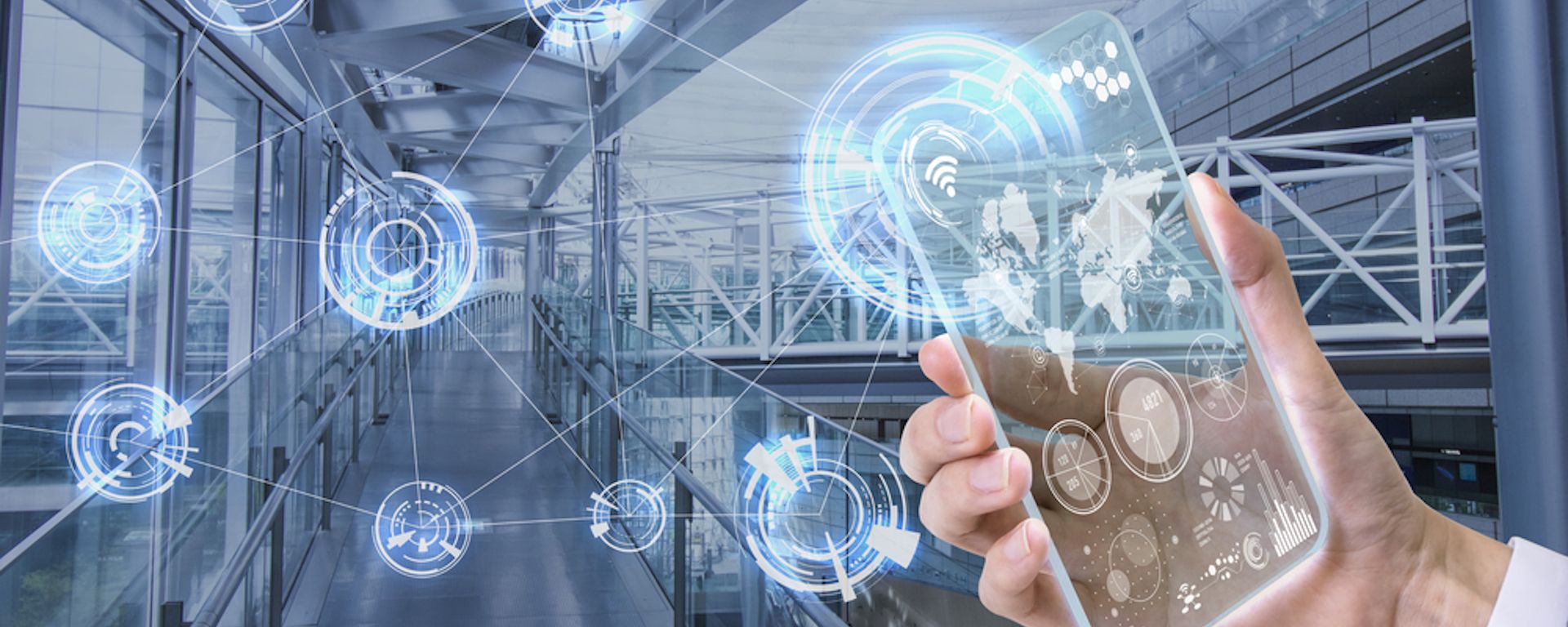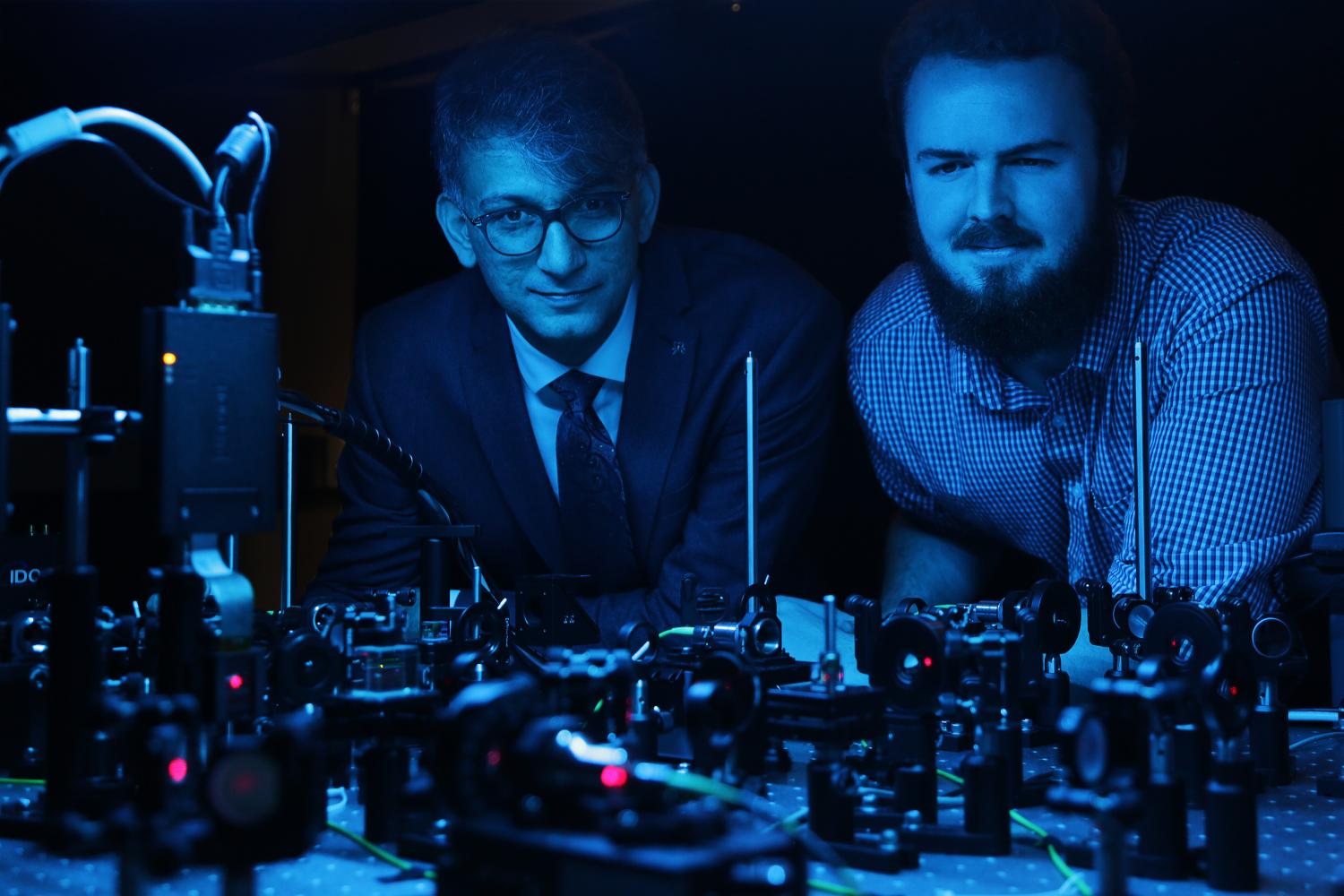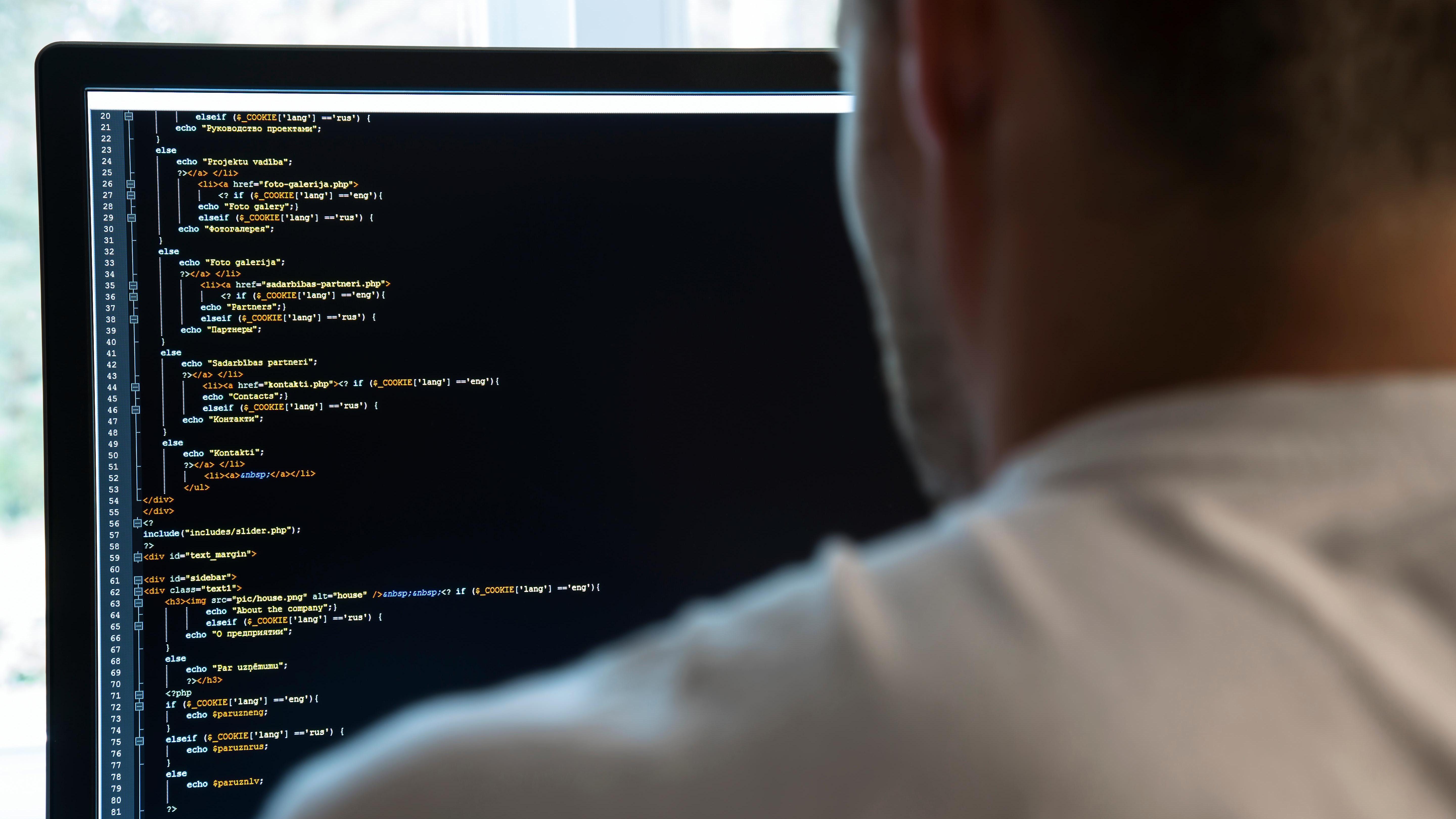Archive for the ‘security’ category: Page 115
Feb 3, 2017
Sensor Technology Delivers Enhancements to Homeland Security
Posted by Karen Hurst in categories: mobile phones, security
Definitely q-dots/ graphene technology involved.
Smartphones are about to get a lot smarter, thanks to rapid advances in sensor technology, which is set to hugely impact homeland security.
Feb 3, 2017
Protecting quantum computing networks against hacking threats
Posted by Karen Hurst in categories: computing, quantum physics, security
Wish these guys a lot of luck; however, they need to hurry up soon as China is already had a head start with QC.
As we saw during the 2016 US election, protecting traditional computer systems, which use zeros and ones, from hackers is not a perfect science. Now consider the complex world of quantum computing, where bits of information can simultaneously hold multiple states beyond zero and one, and the potential threats become even trickier to tackle. Even so, researchers at the University of Ottawa have uncovered clues that could help administrators protect quantum computing networks from external attacks.
“Our team has built the first high-dimensional quantum cloning machine capable of performing quantum hacking to intercept a secure quantum message,” said University of Ottawa Department of Physics professor Ebrahim Karimi, who holds the Canada Research Chair in Structured Light. “Once we were able to analyze the results, we discovered some very important clues to help protect quantum computing networks against potential hacking threats.”
Continue reading “Protecting quantum computing networks against hacking threats” »
Feb 1, 2017
New Technology To Really Close The US / Mexican Border
Posted by Karen Hurst in category: security
Latest on border plans.
Despite President Trump’s executive orders to extend walls along the US-Mexico border, real border security will likely take longer than he thinks.
Feb 1, 2017
Boston startup Whitewood Encryption Systems awarded patent for encryption to fend off quantum computers
Posted by Karen Hurst in categories: computing, encryption, internet, quantum physics, security
Hmmmm.
Computers based on quantum mechanics have been in the realm of science fiction for years, but recently companies like Google (Nasdaq: GOOGL), and even the National Security Agency, have started to think practically about what their existence would mean.
These super-powerful computers would be exciting in many respects, but they would also be able to break the methods of data encryption that currently make it safe to browse the internet or pay for things online.
Jan 19, 2017
New DARPA Technology Could Simplify Secure Data Sharing
Posted by Karen Hurst in category: security

Can’t wait to see it.
Troops in remote regions around the world often struggle to operate with limited networks for data sharing and communication—an encumbrance that is amplified when U.S. troops need to share classified or otherwise secure data with each other and coalition partners. The usual process for sharing such information requires an end-to-end connection to secure servers via a dedicated digital “pipe” approved for the specific security level of data being transmitted. If that tactical network is overloaded or if a glitch causes a break in the digital chain, the message or data is typically lost and the process must be repeated until a connection is completed, potentially hindering the mission in fast-moving tactical situations. Additionally, the current computers and infrastructure needed to manage multiple levels of U.S. classified and coalition information are too bulky for tactical use in the field and can take months or longer to deploy.
Continue reading “New DARPA Technology Could Simplify Secure Data Sharing” »
Jan 19, 2017
EyeLock to exhibit iris authentication technology at Intersec Dubai 2017
Posted by Karen Hurst in categories: information science, security
For all my friends in Dubai or travelling to Dubai; wish I could go.
EyeLock LLC will be exhibiting its suite of iris authentication technology at Intersec Dubai 2017, on January 22–24 at the Dubai International Convention and Exhibition Centre in Dubai.
Featuring EyeLock’s proprietary software, security, algorithms and optics, the iris authentication technology delivers secure, reliable and user-friendly capabilities, according to the company.
EyeLock’s technology analyzes more than 240 unique iris characteristics to deliver dual-eye authentication, an unmatched security architecture and anti-spoofing technology.
Continue reading “EyeLock to exhibit iris authentication technology at Intersec Dubai 2017” »
Jan 11, 2017
Cybercriminals charge just £20 to paralyse websites
Posted by Karen Hurst in categories: encryption, security
Want to take someone’s site down and need a cheap hacker; well the Dark Web has them.
In the lawless digital hinterlands of the dark web, hackers hire out their expertise for just £20, offering to cripple websites with an overload of data from ready-made “botnet” armies.
On hidden forums, accessible only by using encrypted technology, clients tout for their services, bidding to have cybercriminals perform all manner of illegal activities, such as compromising university systems to alter grades.
Continue reading “Cybercriminals charge just £20 to paralyse websites” »
Jan 11, 2017
Dark Web Offers Tools for Vengeance to Disgruntled Workers
Posted by Karen Hurst in categories: law, security
It seems the dark web is now making it easier for disgruntled employees to take their revenge to the next level, we learn from the KrebsOnSecurity article, “Rise of Darknet Stokes Fear of the Insider.” The article cites Gartner analyst Avivah Litan; she reports a steep increase in calls from clients concerned about vindictive employees, current or former, who might expose sensitive information on the dark web. Not surprisingly, companies with a lot of intellectual property at stake are already working with law-enforcement or private security firms to guard against the threat.
How, exactly, is the dark web making worker retaliation easier than ever before? Writer Brian Krebs explains:
Noam Jolles, a senior intelligence expert at Diskin Advanced Technologies, studies darknet communities. I interviewed her last year in ‘Bidding for Breaches,’ a story about a secretive darknet forum called Enigma where members could be hired to launch targeted phishing attacks at companies. Some Enigma members routinely solicited bids regarding names of people at targeted corporations that could serve as insiders, as well as lists of people who might be susceptible to being recruited or extorted.
Dec 29, 2016
Mixing biology with technology: what could possibly go wrong?
Posted by Karen Hurst in categories: biological, security
Biology and technology are moving closer and experts are wondering if this poses a new security threat.














